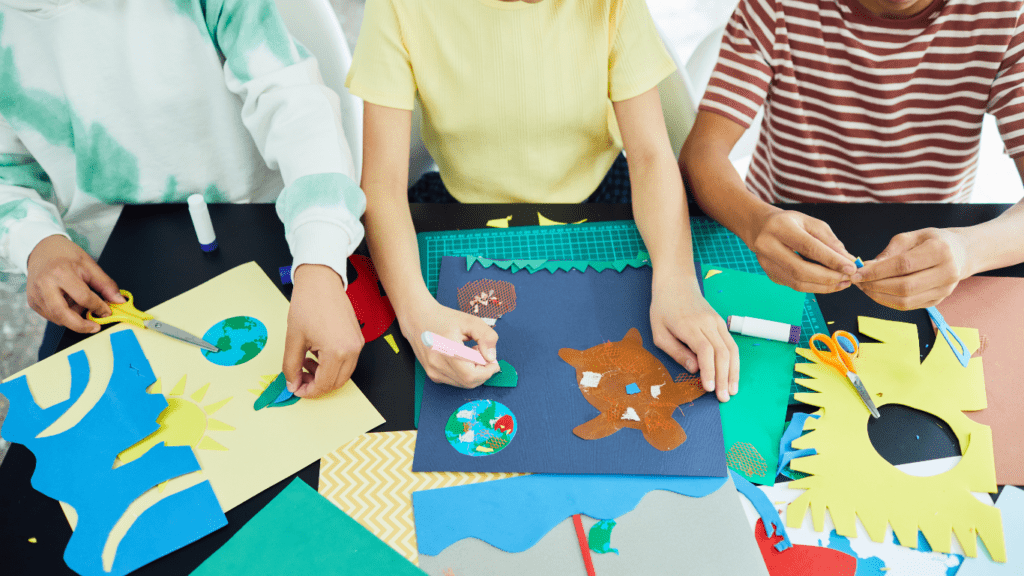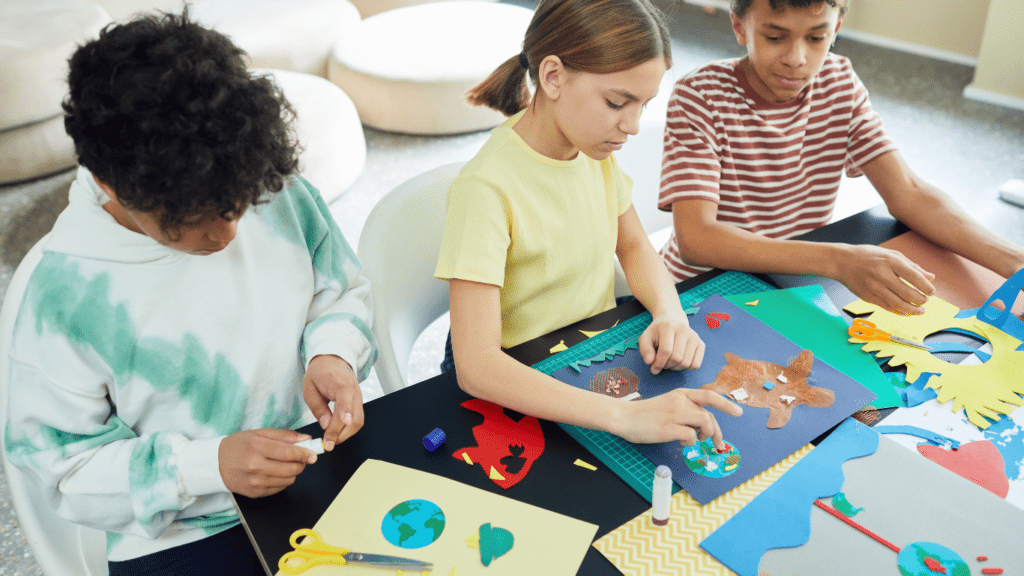Looking to spark your child’s creativity while keeping them entertained and engaged? Dive into the world of DIY art projects for kids! As a parent, I’ve discovered that these activities are not only fun but also incredibly educational for young minds. From colorful paintings to quirky crafts, there’s a wide range of projects that can unleash your child’s imagination.
The Benefits of DIY Art Projects for Kids
Engaging children in DIY art projects offers numerous advantages that foster their development and learning. Let’s delve into the benefits of these creative endeavors.
Boosting Creativity and Imagination
Encouraging kids to explore their creative side through DIY art projects nurtures their imagination. By allowing them to experiment with colors, textures, and shapes, they can unleash their creativity and develop innovative thinking skills.
Enhancing Fine Motor Skills
DIY art projects require children to use their hands and fingers in precise ways, aiding in the development of their fine motor skills. Activities like cutting, gluing, and painting help them refine their hand-eye coordination and dexterity.
Educational Advantages
Apart from being fun, DIY art projects offer significant educational benefits. They can teach children about color theory, spatial awareness, and even history or cultural traditions through art-making. These projects also promote problem-solving abilities and critical thinking skills in a creative context.
Popular DIY Art Project Ideas
When it comes to engaging kids in fun and educational art projects, there are plenty of options to explore. Let’s dive into some popular DIY art project ideas that are not only enjoyable but also offer valuable learning experiences for children.
Simple Paper Crafts
Paper crafts are a wonderful way to spark creativity in kids while honing their fine motor skills. From making paper flowers to creating origami animals, the possibilities are endless. Engaging in paper crafts allows children to experiment with different shapes, colors, and textures, encouraging them to think innovatively and develop their artistic abilities.
Playing with Clay
Working with clay is not only a tactile and sensory experience for kids but also a great way to enhance their hand-eye coordination. Sculpting clay helps children express their ideas in a three-dimensional form, promoting spatial awareness and fostering their imagination. Whether molding animals, creating mini sculptures, or shaping pots, playing with clay is a versatile DIY art project that offers both entertainment and educational benefits.
Nature-Inspired Art
Nature-inspired art projects connect children with the environment while encouraging them to appreciate the beauty of the natural world. From leaf painting to rock decorating, incorporating elements from nature into art activities allows kids to explore textures, patterns, and colors found in their surroundings. These projects not only ignite children’s creativity but also instill a sense of environmental awareness and inspire them to find creative inspiration outdoors.
Essential Materials for Starting DIY Art
Basics for Beginners
- Colorful Paper: Stock up on a variety of colored paper sheets for origami, collages, and more.
- Paint and Brushes: Watercolor paints and different brush sizes allow kids to experiment with painting.
- Glue and Scissors: Child-safe scissors and non-toxic glue are essential for cutting and sticking activities.
- Markers and Crayons: Have a selection of markers and crayons for drawing and coloring projects.
- Craft Materials: Include items like pipe cleaners, googly eyes, and pom-poms for adding fun details to crafts.
- Modeling Clay: A versatile material for sculpting and creating 3D art pieces.
- Canvas and Acrylic Paints: Ideal for older kids to explore more advanced painting techniques.
- Woodworking Tools: Under supervision, woodworking tools like a small hammer and nails can introduce kids to sculpture.
- Pottery Wheel and Clay: For a hands-on experience with pottery making and exploring different textures.
- Calligraphy Set: Introduce kids to the art of writing beautifully with a beginner’s calligraphy set.
Tips for a Successful Art Session
When it comes to ensuring a successful art session with kids, creating a conducive environment plays a crucial role. It’s important to set up a space that is inviting, well-lit, and organized. This environment should inspire creativity and provide easy access to all the necessary art supplies.
Creating a Conducive Environment
To create a conducive environment for an art session, consider setting up a designated art area with a sturdy table and comfortable chairs. Keep this space well-lit with natural light or bright light fixtures to help kids see colors accurately and work comfortably. Organize art supplies neatly in bins or containers for easy access and cleanup. Display children’s artwork around the space to inspire them and create a sense of pride in their creations.
Keeping the Projects Age-Appropriate
When choosing art projects for kids, it’s essential to consider their age and skill level. Select projects that are developmentally appropriate and engaging for the child’s abilities. For younger children, focus on simple projects that involve basic techniques and materials. Older kids can explore more complex techniques and art mediums. By tailoring the projects to their age group, you can ensure that the art sessions are enjoyable, educational, and successful.



